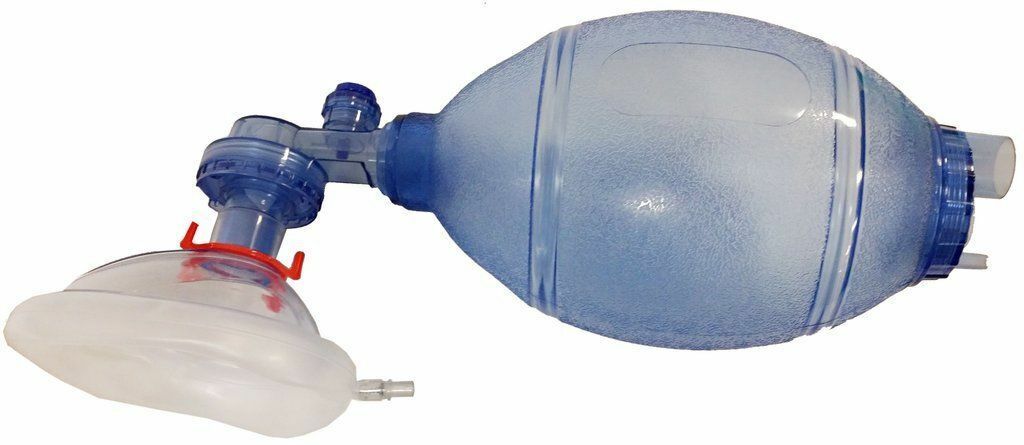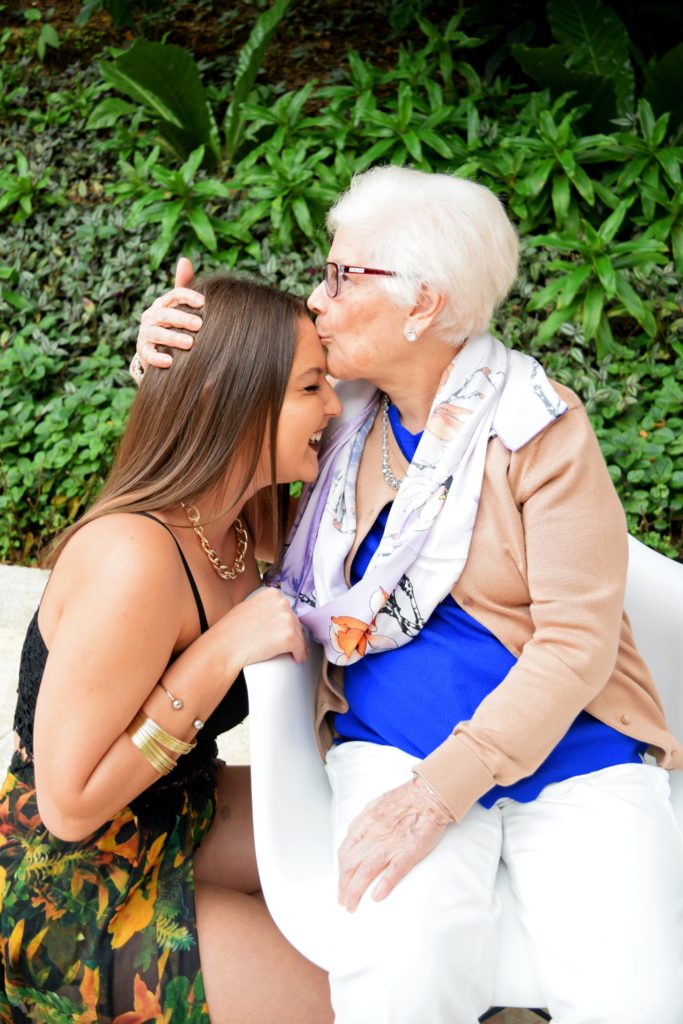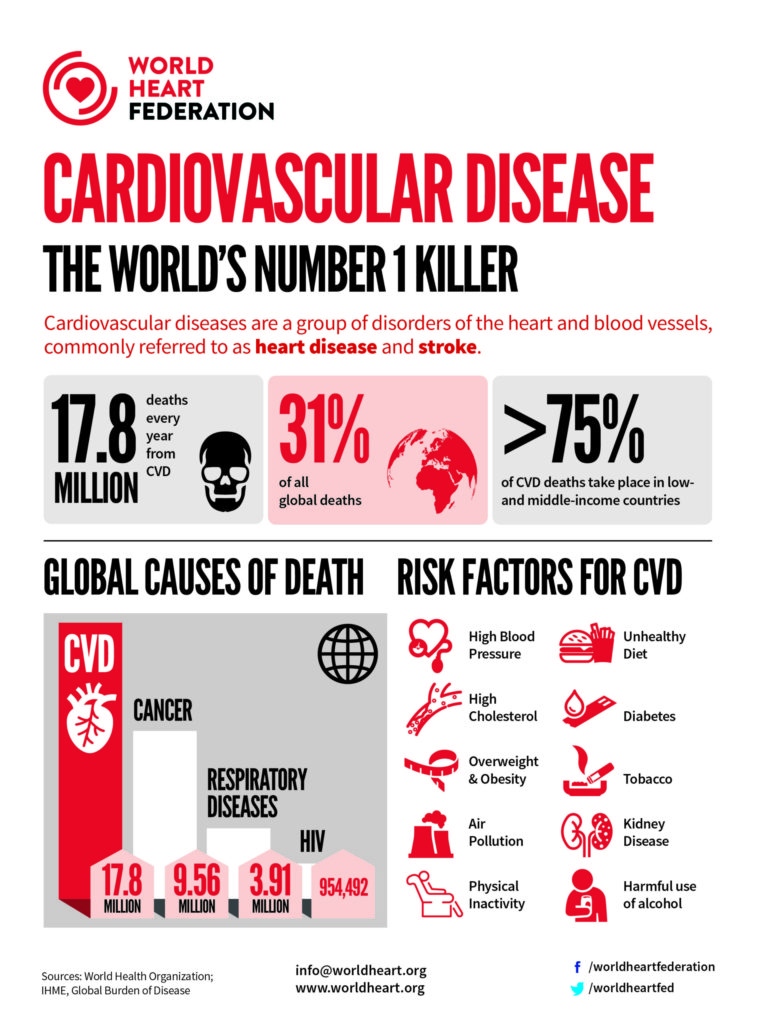May, 2021
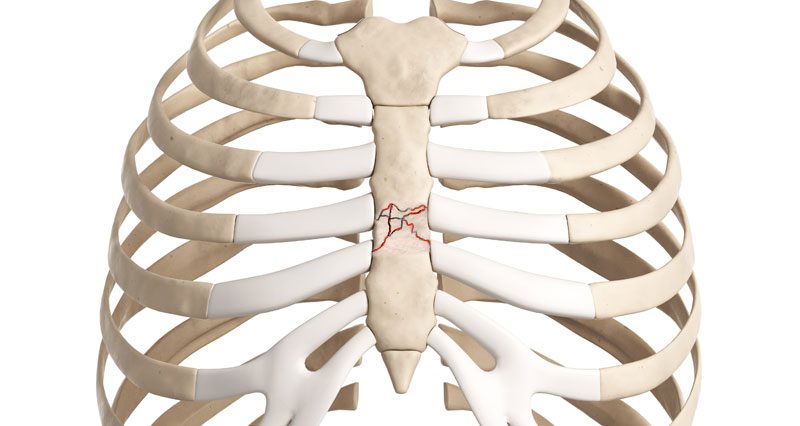
Broken Ribs During CPR
May, 2021
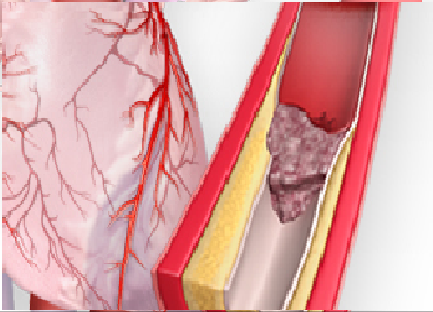
Heart Attack Cardiac Arrest What are the Difference?
Cardiovascular Diseases
Apr, 2021
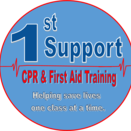
First Support CPR and First Aid Training Offers CPR classes in San Jose
Feb, 2021
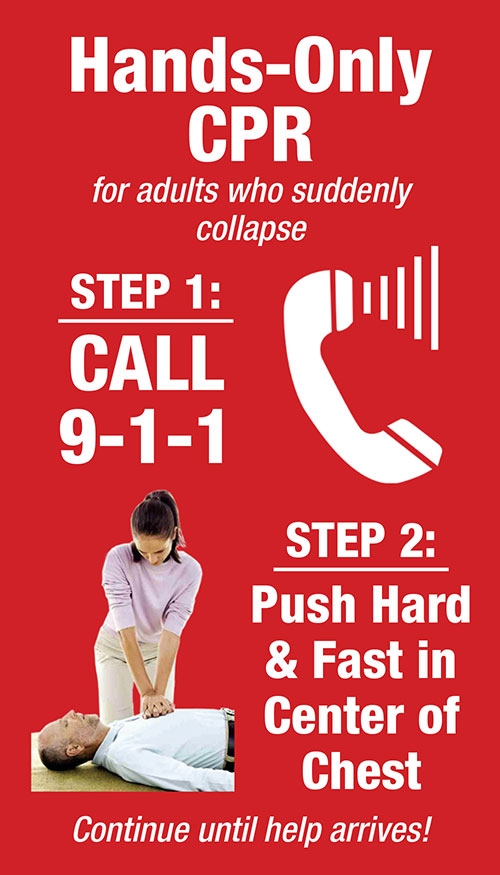
This Heart Month, Learn Hands Only CPR to save the life of a loved one
February is Heart Month. First Support CPR and First Aid Training continues to encourage the public to learn the American Heart Association’s “Hands Only CPR.” This simple way of performing CPR is very easy to do and effective for the victim.
According to the American Heart Association, sudden cardiac arrest is a leading cause of death with nearly 400,000 out-of-hospital cardiac arrests occurring annually in the United States. On average, 89% of people who suffer an out-of-hospital cardiac arrest die because they don’t receive immediate CPR from someone on the scene.
The American Heart Association has found Hands Only CPR to be as effective as conventional CPR for sudden cardiac arrest at home, at work, or in the public – doubling or even tripling a victim’s chance of survival.
Since 80% of cardiac arrests happen in private or residential settings, learn these simple steps for performing Hands Only CPR to help save the life of someone you love:
• Call 9-1-1 immediately
• Place your hands, one on top of the other, in the center of the person’s chest.
• Begin compressions Pushing hard and fast in the center of the chest.
• Keep doing compressions until help arrives.
Visit the American Heart Association’s website at www.heart.org/handsonlycpr to watch their Hands Only CPR instructional video. For more information on learning CPR locally call 408 475-7724 or 408 569-696 or email at info@firstsupportcpr.com

Hands Only CPR saves lives … February is National Heart Month. The American Heart Association estimates that 89% of people who suffer an out-of-hospital cardiac arrest die because they don’t receive immediate CPR from someone on the scene. First Support CPR and First Aid Training continues to encourage the public to learn “Hands Only CPR.” This simple way of performing CPR is very easy to do and effective for the victim.
Jan, 2021
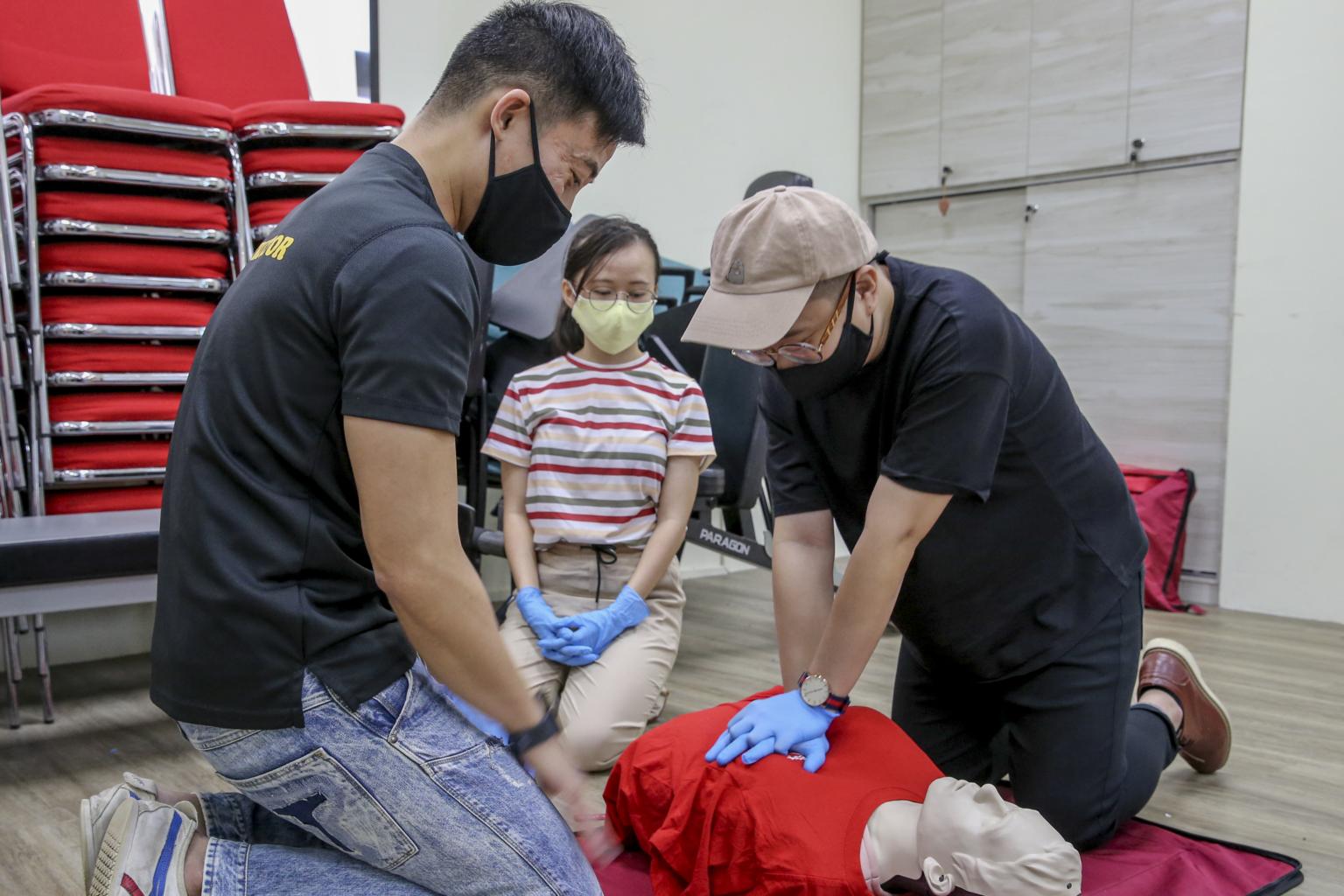
New female manikin CPR vest to help train rescuers on proper CPR technique for women.
A new female manikin CPR vest has been developed to help people being trained in cardiopulmonary resuscitation (CPR) better help female victims whose hearts have stopped and increase their chance of survival.
Traditionally, CPR training is taught with manikins of a male physique. Rescuers may not be as familiar with performing CPR on women, said the Singapore Heart Foundation (SHF), which developed the manikin vest.
Some also hesitate to perform chest compressions on women for fear of being accused of molest if they touch a female patient’s breasts. Likewise, worries about outrage of modesty may stop them from using an automated external defibrillator (AED) to revive a woman.
SHF board member Chee Tek Siong said such worries may lead rescuers to placing their hands too low on the chest, below a woman’s bustline, which may cause injuries when performing chest compressions during CPR.
But the female manikin vest can help familiarise first aiders with where to correctly place their hands on a woman’s chest – on the lower half of the sternum, just like for men. Trainees can also learn how to paste AED pads without unnecessarily exposing a woman’s chest.
Without intervention, a person’s chance of survival drops by 10 per cent for every minute that passes after cardiac arrest.
“In such a life and death moment, no amount of embarrassment is worth refraining from saving a life,” said Ms Denise Ng, a CPR and AED chief instructor with SHF.
Said Dr Chee: “If you have manikin that looks like a female, you can practise on it and you’ll be more confident.”
The manikin vests will be distributed to 60 CPR and AED training centres from Sunday (Jan 17), which is National Life Saving Day.
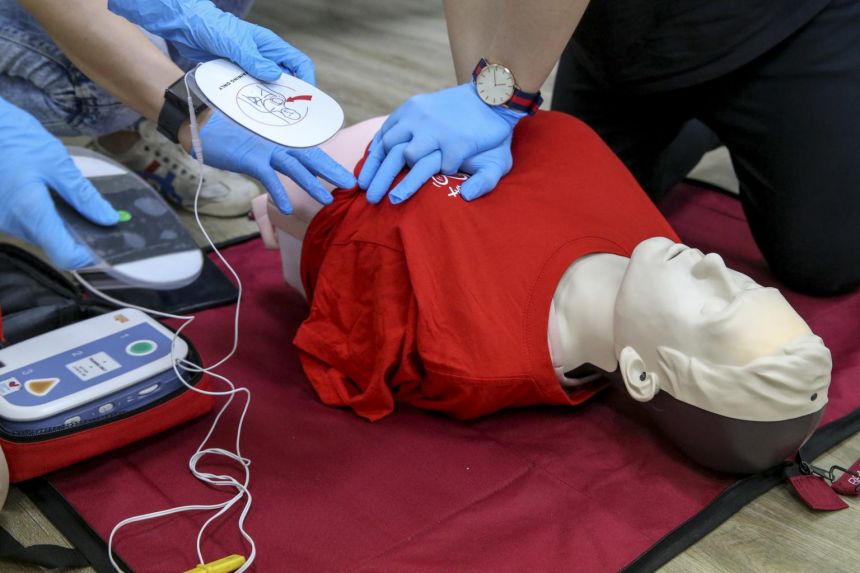
Though CPR may cause injuries such as fractured ribs, the risk of complications in women and men is the same, said Professor Marcus Ong, the medical director of the Health Ministry’s Unit for Pre-Hospital Emergency Care (UPEC).
The number of out-of-hospital cardiac arrest (OHCA) cases in Singapore has been increasing and is about 3,000 every year, the UPEC said. This is due to the rapidly ageing population and an increase in chronic diseases in Singapore such as diabetes, hypertension and heart conditions that increase the risk of cardiac arrest.
But the number of bystander CPR also increased almost threefold, from 22 per cent in 2011 to 61.8 per cent in 2018. Prof Ong attributed this to the dispatcher-assisted CPR programme launched in 2012 – where someone who calls 995 when witnessing a person having cardiac arrest is guided by the dispatcher over the phone on performing chest compressions.
In light of Covid-19, Prof Ong also said that Singapore’s emergency services will instruct people to perform “hands-only CPR” and not mouth-to-mouth resuscitation.
As both parties are likely to be wearing masks, he added: “Most of us are quite well-protected and we don’t need to be worried about doing CPR, even in a Covid situation.”
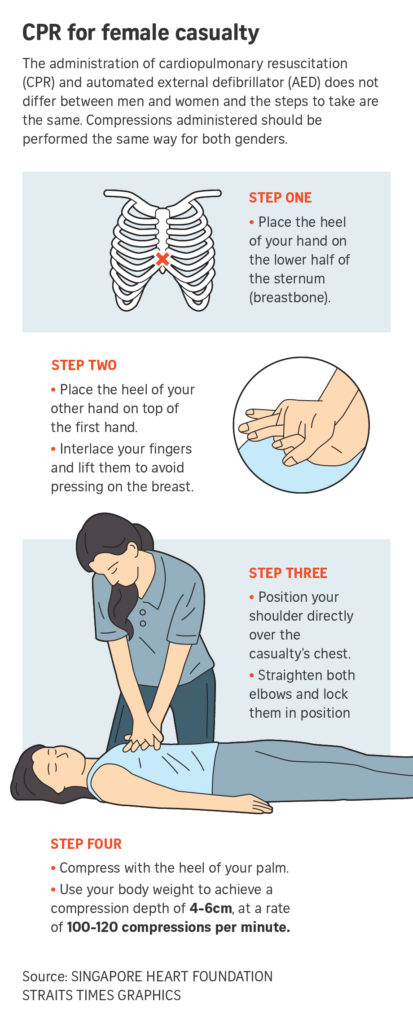
Jan, 2021

‘Eternally grateful’: Nebraska journalist shares how CPR saved his infant son
Only a few weeks into life, baby Cameron had a cold. At first, it seemed like the stuffy nose all children get, but then Cameron stopped breathing and his parents Bill and Kym Schammert had to perform CPR on him. The scary situation lasted only five minutes before Cameron began crying, a sign that he was again breathing.
“We’re still trying to process everything,” Schammert told TODAY. “We’re blessed that this is the outcome that we got.”
Schammert, an evening news anchor for 10/11 News in Lincoln, Nebraska, shared his story with his social media followers and on air. He wants others to understand the importance of knowing CPR.
“If one parent or if one grandparent sees our story and says, ‘I need to re-up my CPR training.’ ‘I need to look into classes’ … Then it’s all worth it,” he said. “Because then maybe we’ve changed someone else’s life.”
Stuffy Nose Leads to a struggle to Breath
Cameron was born on Dec. 23, 12 days before his due date. Both Kym and baby were healthy. The first week of January, Kym noticed Cameron had a stuffy nose and wasn’t eating as much so she made a doctor’s appointment.
“He was getting a little sniffly. It sounded like he had some gunk in his nose,” Schammert explained. “It just progressively got a little worse during the morning. Nothing alarming.”
As Schammert put Cameron in the car to visit the pediatrician, he looked at Cameron and knew something was very wrong.
“I saw him turning purple. I had to do a double glance,” he said. “This wasn’t how our Cameron normally looks and so we pulled the car seat back out, and we were just in our driveway.”
Schammert called 911 and the dispatcher calmly talked them through performing CPR on Cameron.
“We didn’t know what to do,” he said. “She immediately asked if it’s possible he’s choking on anything, which we didn’t think was possible. But it’s really important to check for that. And he wasn’t. So, the next thing she had us do is lie him flat on his back and she guided us through CPR.”
Kym started by covering Cameron’s nose and giving him “two breaths and 30 rapid compressions in the middle of his chest.” Schammert took over after a few minutes. Soon after, his parents heard the sweet sound of relief when Cameron wailed.
“I told the dispatcher, ‘He’s crying. I think that’s a good thing,’” Schammert recalled. “Then the paramedics showed up and they whisked him away.”
They first went to a local hospital where doctors performed a viral load test to see if Cameron had the flu, COVID-19 or RSV among other viruses. He tested negative for those and doctors sent him to Children’s Hospital and Medical Center in Omaha. There doctors performed more tests to discover what virus that caused the illness. They never determined what virus it was, but they did notice from chest X-rays that Cameron had bronchiolitis, leading to inflamed lungs.
“He got some mucous that he couldn’t expel and that is why he stopped breathing,” Schammert explained.
But he quickly bounced back.
“Doctors were amazed at how he was doing, kind of remarking on just a normal baby boy,” Schammert said.
He soon returned home.
“For the last week, we’ve had him home and have not noticed anything wrong. We’ve been doing a lot of … sucking out snot from his nose to make sure there’s no more mucus,” Schammert said. “We are just we’re blessed to have a perfect, healthy baby boy — something that a week ago I couldn’t have imagined.”
CPR SAVE LIVES
Schammert and his wife learned CPR during baby classes at the hospital before his older son was born.
“We learned it. It’s important. But we never thought we would use it,” he said. “We didn’t practice it and we forgot it.”
Caryn Steeland, a clinical nurse specialist at Helen DeVos Children’s Hospital in Grand Rapids, Michigan, who did not treat Cameron, said that it’s important for parents to know CPR.
“What we know is that most cardiac arrests happen outside the hospital setting. Only about half of the people that have cardiac arrest outside of the hospital setting actually get immediate help via CPR,” she told TODAY. “When we do CPR, it can double or even triple the chances of survival.”
Children and infants frequently stop breathing because of a respiratory infection leading to respiratory arrest, “a fancy term that we use to say someone’s no longer breathing adequately on their own and that led down a path to the heart stopping,” she said.
While various hospitals include infant and child CPR training in their baby classes, Steeland said. People can also visit the American Heart Association to learn more and said they even have a DVD class that comes with an inflatable dummy for practice during the pandemic. The American Red Cross offers CPR and first-aid classes and even has an app that walks people through CPR while calling 911.
Dr. David Markenson, chief medical officer for American Red Cross Training Services in Littleton, Colorado, said parents, grandparents, older siblings and caretakers should learn CPR.
“While needing to know the skills of CPR and first aid, hopefully, will be an extremely rare event for a parent, it is still one that if you don’t know what to do, can have a very bad outcome,” he told TODAY. “Learning CPR and first aid is simple, and we recommend that all parents learn CPR.”
The organization recommends that people involved in an emergency situation recall three steps:
- Check
- Call (911)
- Care
“Calling does two things. One: It gets further help going,” Markenson said. “Two: Many, if not most dispatchers in the United States are trained to tell you what to do if not trained and to help you remember if you’re trained because it is a high stress time.”
The Schammerts feel grateful for the calm instruction from the 911 dispatcher that contributed to their son having such a good outcome.
“Without the woman on the other end of the phone guiding us through CPR as we were panicked and confused — that had no idea what to do — our child might be dead today,” he said. “We are eternally grateful for her and for all of the dispatchers on a daily basis who answer calls like this and talk people through what really is the toughest times in their lives.”
Benefits Of CPR Training In The Workplace
CPR training can be a lifesaving skill when used properly at work.
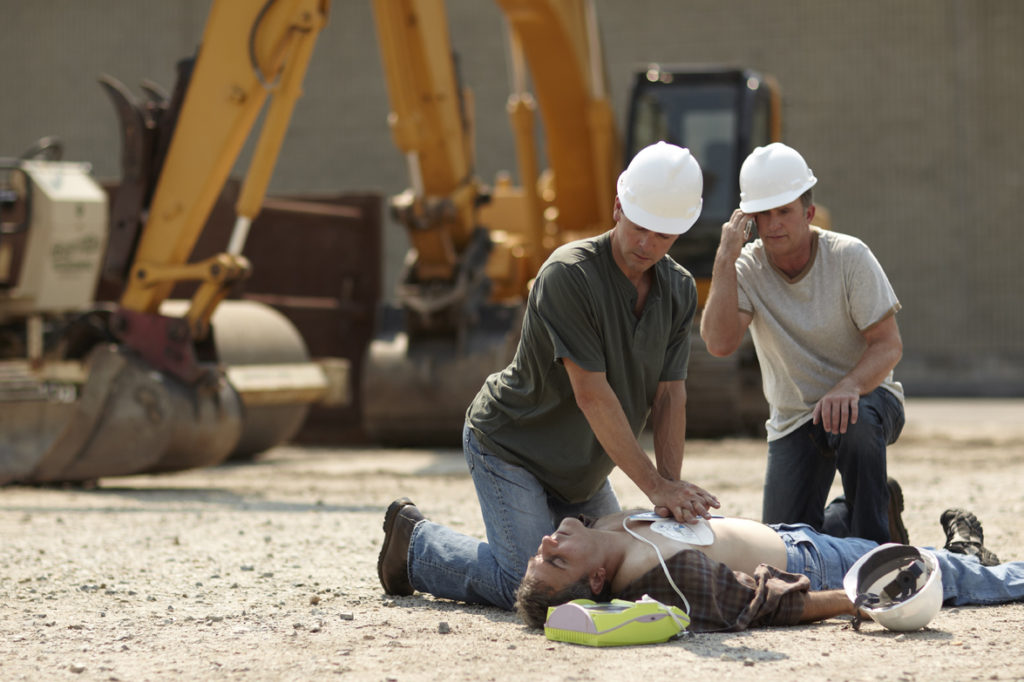
Every year, more than 350,000 instances of cardiac arrest occur outside U.S. hospitals, according to the American Heart Association. These medical emergencies can occur anywhere from private homes and business premises to public institutions, and even while commuting via car, bus or train. A company’s greatest asset is undoubtedly its employees. This is why employers need to do everything in their power to create a happy and safe working environment. While having an efficient human resources department will undoubtedly contribute towards a constructive workplace, investing in CPR and general first aid training for employees can be equally as beneficial. Indeed, there are numerous benefits to providing emergency training to the workforce.
It’s a Lifesaving Skill
On any given day, approximately 1,000 Americans experience sudden cardiac arrest. According to the latest statistics released by the Sudden Cardiac Arrest Foundation, only 10 percent of these people survive. The most valuable benefit that can be gained from CPR training in the workplace is the fact that precious lives can be saved. An employee who knows how to perform CPR and use an automated external defibrillator (AED) can mean the difference between someone living and dying during a medical emergency. Having someone on-site to perform CPR or use an AED can keep a patient in cardiac arrest alive until professional medical personnel arrives on the scene. An onsite AED can actually turn out to be a great investment, especially if you opt for an affordable and user-friendly model that requires virtually no maintenance.
1.) Fewer Workplace Accidents
Each year, more than 5,000 Americans die from work-related injuries, according to the U.S Bureau of Labor Statistics. Additionally, injuries in the workplace cost U.S. companies about $62 billion every year. A decrease in workplace accidents is one of the most notable benefits of first aid and CPR training in the workplace. When employees undergo first aid training, they are also equipped with valuable knowledge that will allow them to be more safety-conscious. This increased level of safety awareness will lead to reduced reckless behavior and a greater respect for health and safety protocol. During CPR training, employees will also learn about the possible causes of cardiac arrest and the long-term impact it may have on the body. Although the intention is to educate rather than to instill fear, the automatic response is to avoid such situations at all costs.
2.) CPR Skills Can Be Used Anywhere
CPR training will never be exclusive to the workplace. In fact, training employees to perform CPR and use an AED provides them with a life-long skill that can be used regardless of where they find themselves in life. When they embark on a first aid course, they will also learn a host of other vital techniques, including dealing with fractures, cuts, burns, allergic reactions, insect bites and stings and strains and sprains. All of these skills can be of great value should an emergency situation arise at work, at home or in public. Even if an employee does not show a keen interest in acquiring even rudimental first aid skills, they will undoubtedly be glad they have them once an emergency situation arises. CPR abilities can also be utilized anywhere in the world, making it a very handy skill to have for employees traveling for both business and leisurely purposes.
3.) Creates a More Positive Working Environment
Every working environment, whether it is an industrial workshop or a medium-sized office, has the potential to be the setting of a medical emergency. Creating a safe working environment can benefit both the organization and employees in numerous ways. Staff members that are permanently stressed out about potential medical concerns may find it increasingly difficult to concentrate on their tasks. However, just knowing there are trained staff members on standby to perform potentially life-saving first aid does wonders for staff morale, which in turn boosts productivity as well.
4.) Patients Recover Faster
The sooner CPR is administered after cardiac arrest sets in, the greater chance the patient has to recover. If a patient receives CPR immediately after going into cardiac arrest, chances of survival increases exponentially, while the toll the trauma takes on the body is also considerably less. The longer a patient remains in cardiac arrest, the greater the risk of permanent damage to vital organs is. In order for the tissues in the body to stay alive, oxygen-rich blood needs to be circulated through the body. Approximately four minutes after blood flow stops, the brain can become damaged. Irreversible damage can occur when there has been no blood flow for more than seven minutes. In order to give a patient the best possible chance at recovery, CPR has to be commenced within four minutes of a person going into cardiac arrest. Having someone in the workplace that can perform CPR makes this possible.
5.) Employees Feel Valued
Employees who feel valued by their employers will be considerably more willing to give their best to the organization than those who feel unappreciated. In fact, feeling underappreciated is one of the top reasons employees want to resign from their jobs, according to Business Insider. Thankfully, there are many ways in which an employer can show their appreciation for their workforce. One of the most effective ways is by making the health and wellbeing of the staff a priority. By providing first aid and CPR training to staff, an organization shows that it cares about the wellbeing of its employees. Apart from employees feeling valued, the organization itself can also benefit from being proactive in terms of first aid training. It will, for instance, earn a good reputation among customers, investors and the general public for its hands-on approach to corporate responsibility.
CPR is a valuable skill to have in the workplace. Even if the need to use it never arises, it will put the minds of the workforce at ease to know that there is someone nearby who can perform potentially lifesaving first aid.

